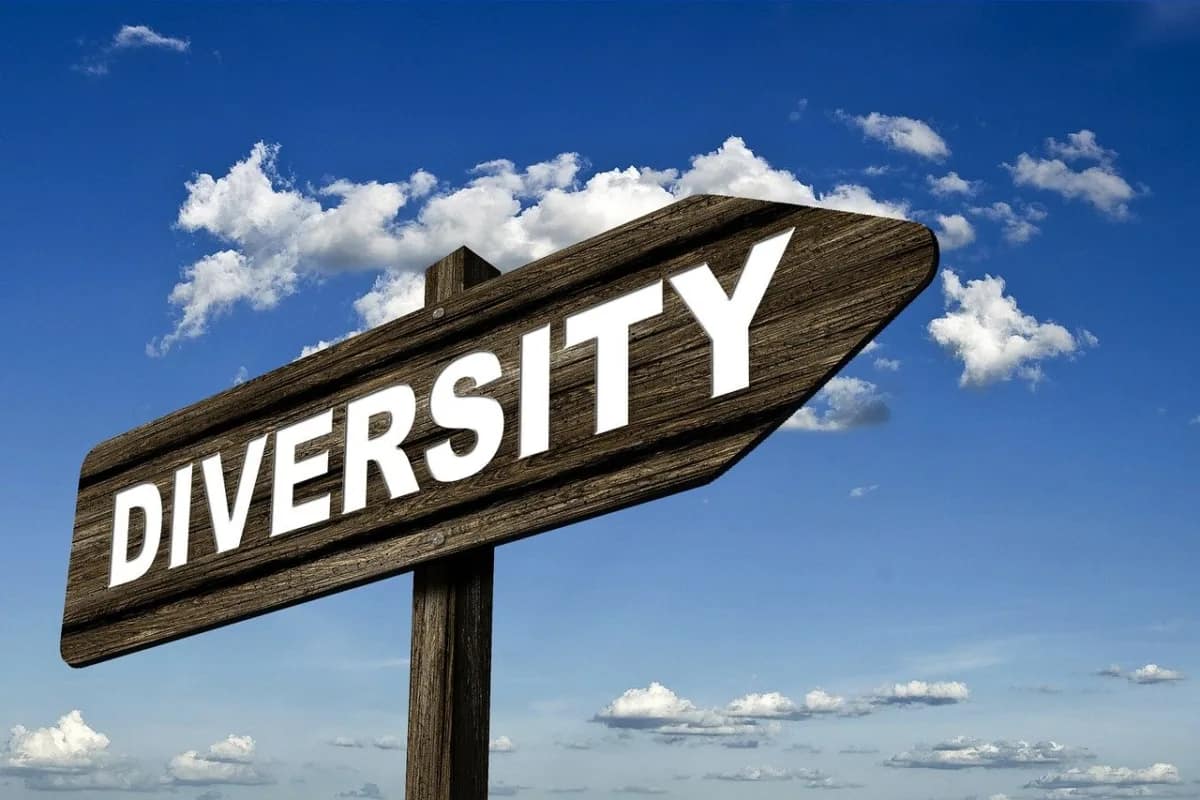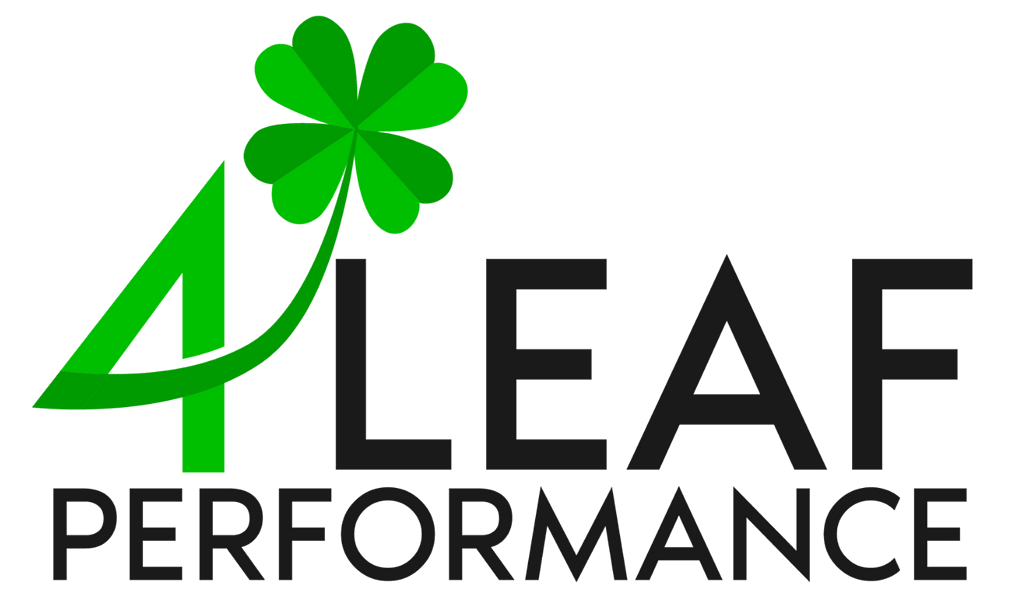The diverse workforce has been a hot topic in recent years. In the contemporary workplace, diversity and inclusion are not just buzzwords but foundational elements that shape the ethos and trajectory of forward-thinking organizations. Diversity refers to differences within a given setting, encompassing a range of attributes, including race, ethnicity, gender, age, sexual orientation, disability, and cultural background. On the other hand, inclusion involves the deliberate efforts made to ensure that diverse individuals are present and valued, integrated, and empowered to contribute fully.
The Importance of a Diverse Workforce and an Inclusive Workplace
Pursuing diversity and inclusion within the workplace is more than a moral imperative; it is a strategic advantage that yields tangible benefits across various dimensions of business performance. Empirical evidence and research studies suggest that a diverse and inclusive workforce can significantly impact a company’s bottom line, innovation capacity, and market relevance.
Enhanced Financial Performance
Companies that embrace diversity have 2.5 times higher cash flow per employee. This financial outperformance is not limited to cash flow alone. Research indicates that companies in the top quartile for racial and ethnic diversity are 36 percent more likely to outperform their peers in profitability. This data is no mere coincidence; diverse teams bring many perspectives, leading to more innovative solutions and efficient problem-solving, which drives profitability.
Increased Innovation and Creativity
Diversity is a catalyst for innovation. Organizations with a diverse workforce witnessed a 19 percent increase in revenue from innovation compared to their less diverse counterparts as of 2018. Diverse teams are more likely to challenge norms, consider a broader range of options, and develop creative solutions to complex problems. In a world where innovation is the key to staying competitive, fostering diversity within teams is indispensable.
Ethical Implications and Social Responsibility
Beyond the clear financial and operational advantages, committing to diversity and inclusion aligns with broader ethical principles and social responsibilities. In an increasingly interconnected world, businesses have the responsibility to mirror the society in which they operate. This not only enhances their social license to operate but also contributes to the dismantling of systemic barriers that perpetuate inequality. By actively promoting diversity and inclusion, businesses can play a pivotal role in driving social change, promoting equity, and enhancing the well-being of communities.

Reflecting the Global Market
A diverse workforce enables companies to better understand and cater to the global market. Employees from varied backgrounds bring insights into cultural nuances, preferences, and consumer behaviors that are crucial for developing products and services that resonate with a broad spectrum of global customers. This multicultural understanding can be a significant competitive edge, allowing businesses to tap into new markets and maintain relevance in a rapidly changing world.
Challenges in Achieving Diversity in Recruitment
While the benefits of a diverse workforce and an inclusive workplace are clear, achieving this ideal state is not without its challenges. Many organizations grapple with systemic and structural barriers that hinder their efforts to diversify their workforce. Understanding these obstacles is the first step toward developing effective strategies to overcome them.
Unconscious Bias
One of the most pervasive challenges in recruitment is unconscious bias. These automatic mental shortcuts are used to quickly judge people and situations based on background, cultural environment, and personal experiences. Unconscious biases can skew recruitment decisions, leading to the preferential selection of candidates who share similar backgrounds or characteristics with the decision-makers, often at the expense of equally or more qualified diverse candidates. This bias can manifest in various stages of the recruitment process, from resume screening to interviews and hiring decisions.
Homogeneous Networks
Organizations often rely on their existing networks for recruitment, which can be inherently homogeneous. If a company’s workforce lacks diversity, its network will likely reflect that, perpetuating a cycle of similarity. This limitation restricts the pool of potential candidates to those already within the same social or professional circles, making it difficult to reach a broader, more diverse audience.
One-Size-Fits-All Approach to Hiring
A standardized approach to recruitment, where one set of criteria or processes is applied universally, can inadvertently disadvantage candidates from diverse backgrounds. For example, over-reliance on traditional credentials such as certain university degrees or previous job titles may overlook talented individuals who have taken non-traditional paths or have gained equivalent skills through different experiences. This approach can stifle diversity by excluding those who may not fit the conventional mold but possess the potential to excel and bring valuable perspectives to the organization.
Consequences of a Non-Diverse Workplace
The impact of failing to address diversity in recruitment extends beyond just missing out on the benefits. It can lead to a workplace culture that feels exclusive or alienating to underrepresented groups, affecting employee satisfaction, engagement, and retention. A lack of diversity can narrow an organization’s perspective, limiting its ability to innovate and adapt to changing market demands. This hampers growth and can pose significant risks to the company’s relevance and survival in a competitive landscape.
Addressing these challenges requires a multifaceted approach involving a thorough examination of existing recruitment practices, cultivating diverse talent pipelines, and committing to continuous improvement and cultural change. By acknowledging and actively working to overcome these barriers, organizations can make significant strides toward building a genuinely diverse and inclusive workforce.
Strategies for Inclusive Recruitment
Creating a diverse workforce begins with the recruitment process. It requires intentional strategies that attract a wide array of candidates and ensure they are fairly evaluated and welcomed into the organization. Here are key strategies to make recruitment more inclusive:
Bias-Free Job Descriptions
The language used in job postings can unintentionally deter diverse applicants. To combat this, organizations should craft bias-free job descriptions focusing on essential skills and competencies rather than specific backgrounds or experiences that may not be essential for the role. This involves:
- Using inclusive, gender-neutral language.
- Highlighting core competencies and skills over specific credentials.
- Avoiding jargon and culturally specific references
There are tools and software available that can help identify and eliminate biased language from job descriptions, making them more appealing to a broader range of candidates.
Diverse Sourcing Channels
Expanding where and how you look for candidates is crucial for reaching a more diverse audience. This means moving beyond traditional recruitment channels and tapping into:
- Diversity job fairs and career events focused on underrepresented groups.
- Partnerships with organizations and educational institutions that serve diverse communities.
- Social media platforms and online communities where diverse candidates are active.
Utilizing a variety of sourcing channels ensures that job opportunities are accessible to a wide range of potential applicants, increasing the diversity of the applicant pool.
Inclusive Interview Practices
The interview process is critical in assessing candidates fairly and minimizing unconscious bias. Strategies for inclusive interviews include:
- Structured interviews with a standard set of questions for all candidates, ensuring consistency in evaluation.
- Diverse interview panels that include members from various backgrounds provide multiple perspectives in the assessment process.
- Training for interviewers on recognizing and mitigating unconscious bias ensures fair evaluation of candidates.
These practices help create an equitable selection process where candidates are judged based on their abilities and potential.
Employee Referral Programs
While referral programs can be a valuable sourcing tool, they can also perpetuate homogeneity if not managed carefully. To leverage referrals while encouraging diversity, companies can:
- Offer incentives for referrals that result in diverse hires.
- Broaden the referral criteria to include direct acquaintances and professional contacts from diverse networks.
- Monitor and manage the diversity of the referral pool to ensure it doesn’t become too homogeneous.
This approach encourages employees to think more broadly about their networks and refer candidates from various backgrounds.
Data-Driven Recruitment Decisions
Utilizing data analytics in recruitment can help identify patterns, biases, and gaps in the hiring process. This involves:
- Analyzing recruitment metrics to understand where diversity drops off in the hiring pipeline.
- Setting diversity goals based on data insights and tracking progress towards these targets.
- Continuously iterating recruitment practices based on data to improve diversity outcomes.
Data-driven decision-making allows organizations to take targeted actions to address specific challenges in their recruitment process.

Leveraging Technology for Inclusive Recruitment
Technology is pivotal in transforming recruitment practices to be more inclusive and equitable. Advanced tools and platforms offer innovative solutions to traditional challenges, enabling organizations to reach, attract, and evaluate diverse talent effectively. Here’s how technology can be harnessed to support inclusive recruitment:
AI and Machine Learning in Candidate Screening
Artificial Intelligence (AI) and Machine Learning (ML) algorithms are increasingly used to automate the screening of resumes and applications. These technologies can be programmed to focus on candidates’ skills and experiences, disregarding factors unrelated to job performance, such as name, gender, age, or educational background. This helps to:
- Reduce unconscious bias in the initial screening phase.
- Ensure a more diverse set of candidates advances to the interview stage.
- Streamline the recruitment process, making it more efficient and less prone to human error.
However, ensuring these algorithms are designed and continuously audited for fairness is crucial to prevent perpetuating existing biases.
Digital Platforms for Broader Reach
Digital recruitment platforms and social media channels offer unprecedented access to a global talent pool. By leveraging these platforms, organizations can:
- Advertise job openings in diverse online communities and networks.
- Engage with potential candidates from various backgrounds and geographies.
- Use targeted advertising to reach underrepresented groups in the workforce.
These digital tools enable organizations to cast a wider net and ensure their job opportunities are visible to a diverse audience.
Virtual Reality (VR) and Gamification
Virtual Reality and gamification are emerging as innovative ways to engage and assess candidates. These technologies can provide:
- Immersive job simulations that allow candidates to demonstrate their skills in realistic settings, focusing on ability rather than background.
- Gamified assessments that evaluate problem-solving and cognitive abilities in an engaging, bias-free environment.
These approaches can make the recruitment process more inclusive by prioritizing candidates’ capabilities and fit for the role over traditional resume-based assessments.
Collaboration Tools for Remote Interviews
The rise of remote work has popularized video conferencing and collaboration tools for interviews. These technologies can:
- Facilitate interviews with candidates from any location, reducing geographical barriers.
- Allow for recording interviews (with consent) for more objective, post-interview evaluations by diverse panel members.
Remote interview technologies make the recruitment process more accessible and inclusive, providing opportunities to candidates who might otherwise be excluded due to location constraints.
Human Oversight and Ethical Considerations
While technology can significantly enhance inclusivity in recruitment, it’s essential to maintain human oversight to ensure ethical use. This involves:
- Regularly reviewing and updating AI algorithms to guard against bias.
- Training HR professionals to use technology responsibly and interpret its outputs critically.
- Ensuring that technological tools supplement human judgment, not replace it.

Fostering an Inclusive Company Culture
Building a multicultural workforce goes beyond just inclusive recruitment practices; it requires cultivating an environment where diverse employees feel genuinely welcomed, valued, and understood. An inclusive company culture embraces differences and provides opportunities for all employees to thrive. Here are key strategies to foster such an environment:
Leadership Commitment and Role Modeling
The tone for an inclusive culture is set at the top. Leaders must commit to diversity and inclusion verbally and demonstrate these values through their actions. This involves:
- Publicly prioritizing diversity and inclusion initiatives.
- Participating in diversity and inclusion training alongside employees.
- Leading by example, mentoring employees from underrepresented groups, or ensuring diverse representation in meetings.
When leaders actively model inclusive behaviors, it signals to the entire organization that diversity and inclusion are genuinely valued.
Continuous Diversity and Inclusion Education
Ongoing education on diversity, equity, and inclusion is essential for breaking down biases and fostering mutual understanding among employees. This can include:
- Regular training sessions that address topics like unconscious bias, cultural competency, and inclusive communication.
- Workshops and seminars that celebrate diversity and educate employees on different cultures, lifestyles, and perspectives.
- Creating resources or libraries where employees can learn about diversity and inclusion at their own pace.
Education initiatives should be dynamic and evolve to reflect the changing demographics and needs of the workforce.
Inclusive Policies and Practices
The policies and practices of an organization must reflect its commitment to diversity and inclusion. This includes:
- Developing clear anti-discrimination policies and procedures for addressing grievances.
- Ensuring that benefits, promotions, and development opportunities are accessible to all employees.
- Regularly reviewing and adjusting policies to ensure they meet the workforce’s diverse needs, such as flexible working arrangements or religious accommodations.
Inclusive policies create a framework that supports diversity and ensures all employees are treated fairly and respectfully.
Creating Safe Spaces for Dialogue
Encouraging open and honest conversations about diversity and inclusion can help surface issues, share experiences, and foster understanding. This can be facilitated through:
- Employee resource groups (ERGs) that provide support and advocacy for various demographic groups.
- Town hall meetings or forums where employees can discuss diversity-related topics in a safe and supportive environment.
- Feedback mechanisms that allow employees to share their experiences and suggestions for improving inclusion anonymously if desired.
Creating channels for dialogue ensures that employees feel heard and that their experiences inform the organization’s diversity and inclusion efforts.
Celebrating Diversity
Recognizing and celebrating employees’ diverse backgrounds can enhance the organization’s sense of belonging and community. This can be achieved through:
- Cultural events and celebrations that acknowledge different traditions and holidays.
- Highlighting diverse employee stories and achievements in company communications.
- Encouraging the expression of diverse identities in the workplace, whether through dress, language, or customs.
Celebrating diversity not only enriches the company culture but also reinforces the value placed on each employee’s unique background and experiences.

Transform Your Recruitment Strategy with 4 Leaf Performance
The journey towards creating a multicultural workforce, characterized by diversity and inclusion, is both a strategic imperative and a moral obligation for modern businesses.
The strategies and insights shared in this blog post serve as a roadmap for businesses committed to transforming their recruitment practices and cultivating an environment where diversity and inclusion are not just goals but lived realities. It is a continuous journey of learning, adaptation, and commitment to principles that uphold the dignity and potential of every individual.
4 Leaf Performance offers expert guidance and support for organizations seeking to navigate this complex landscape. Our business coaching services are tailored to help you develop bias-free job descriptions, implement inclusive interview practices, and foster an inclusive company culture. We understand the nuances of building a multicultural workforce and are dedicated to helping you unlock the full potential of your recruitment strategy. Embracing diversity and driving success starts with a single step. Contact 4 Leaf Performance today to begin your journey toward a more inclusive, dynamic, and thriving workplace. Transform your recruitment strategy, build a workforce that reflects our multicultural society, and propel your business into a future where diversity is embraced and celebrated.



